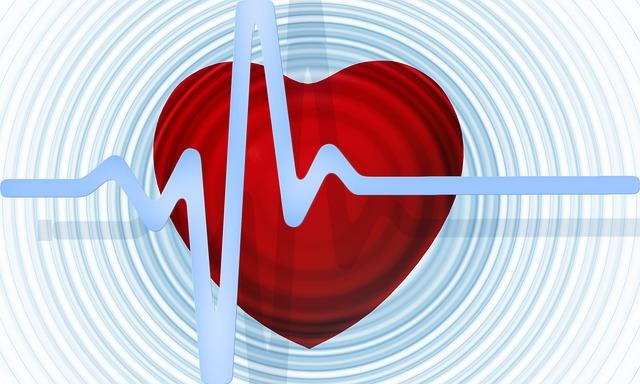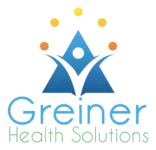
Want to Decrease Risk of Cardiovascular Disease? Eat More of This.
"Eating fat makes you fat."
"Eating fat will clog your arteries."
"Artery clogging saturated fat..."
All myths.
For nearly 60 years, dietary fat has been vilified as one of the most dangerous nutrients to consume. As it turns out, fat got a bad rap, mostly because the almost all of the research on fat has been flawed in several ways, the biggest being:
** There are good fats and bad fats
It's dangerous and irresponsible to categorically lump all fats together. That's what most research does. We're told if we want to avoid heart disease or lower cardiac risk factors, we have to get rid of fat. I'm here to tell you to do the exact opposite.
Good Fats/Bad Fats: Your Guide
Whether or not you're a meat eater, consuming plentiful amounts of healthy fats is a good start to achieving a healthy heart.
Good fats include:
* Extra-virgin, cold-pressed, organic coconut oil
* Olive oil (only to be consumed at room temp)
* Raw nuts and seeds
* Wild-caught, northern Pacific fish like salmon, mackerel and anchovies
* Ghee
* Eggs/egg yolks
* 100% grass-fed beef
* Coconut milk
* 100% grass-fed butter
* Avocados
* Palm oil
Fats to avoid:
* hydrogenated oils
* vegetable oil
* corn oil
* peanut oil
* soybean oil
* conventionally raised animals (usually fed grain, corn or other inflammatory foods0
* canola oil
Food consumption and the actual statistics of cardiovascular disease: an epidemiological comparison of 42 European countries:
"Results
We found exceptionally strong relationships between some of the examined factors, the highest being a correlation between raised cholesterol in men and the combined consumption of animal fat and animal protein (r=0.92, p<0.001). The most significant dietary correlate of low CVD risk was high total fat and animal protein consumption. Additional statistical analyses further highlighted citrus fruits, high-fat dairy (cheese) and tree nuts. Among other non-dietary factors, health expenditure showed by far the highest correlation coefficients. The major correlate of high CVD risk was the proportion of energy from carbohydrates and alcohol, or from potato and cereal carbohydrates. Similar patterns were observed between food consumption and CVD statistics from the period 1980–2000, which shows that these relationships are stable over time. However, we found striking discrepancies in men's CVD statistics from 1980 and 1990, which can probably explain the origin of the ‘saturated fat hypothesis’ that influenced public health policies in the following decades.
Conclusion
Our results do not support the association between CVDs and saturated fat, which is still contained in official dietary guidelines. Instead, they agree with data accumulated from recent studies that link CVD risk with the high glycaemic index/load of carbohydrate-based diets. In the absence of any scientific evidence connecting saturated fat with CVDs, these findings show that current dietary recommendations regarding CVDs should be seriously reconsidered."
Sugar, Grain and Other Unhealthy Carbohydrates
The above are the real culprits for an unhealthy cardiovascular system. These foods create inflammation and cause insulin spikes. If you eat the standard American diet, you're getting 70% of your macronutrient intake from processed carbohydrates. The first step in improving your health, at least nutritionally, is removing those types of "foods."
A Few Helpful Hints
Start by greatly reducing/eliminating all processed carbohydrates like grain and sugar. Stick to vegetable carbohydrates only. Add in more healthy fats (the ones listed above) and cut out the bad ones. Eliminate snacks and only eat 3 meals per day (we'll talk more about intermittent fasting in the future).
Hopefully, this gives you a little more of an understanding of the differences in fats, which ones to consume and which ones not to consume. For more help, go to http://greinerhealthsolutions.com/.

